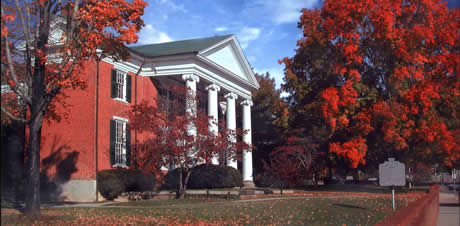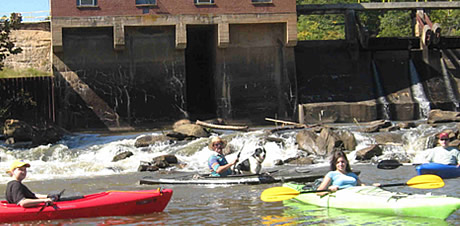Find a Dragonfly at the Plant Sale
By Carol Nelson
VCE Southside Master Gardener
The mornings are still a little cool to see many flying insects in our gardens – but in a couple weeks the butterflies and moths will be out in force, as well as the peskier sorts like mosquitoes, midges and winged termites. Soon we will also notice acrobatic predators swooping around at speeds up to 20 miles per hour to snatch the pests: beautiful dragonflies.
Dragonflies are wonderful, helpful companions to have in our gardens. Their eyes take up most of their heads and flexible wings allow for maneuvering like helicopters so it’s no wonder they are so good at their job. A single dragonfly can eat hundreds of mosquitoes a day, but with no teeth or stinger will never harm humans.
Dragonflies spend their early life up to two years as nymphs in ponds or other water features. They are learning to be hunters and survive by eating tadpoles, the larvae of other insects and even newly-hatched fish. Once they emerge from the water, they usually have only weeks to take to the skies and catch prey with their feet.
There are a couple ways to encourage dragonflies to move into your garden. Since they need a water source for their eggs to develop, having a shallow pond or fountain can invite them in. Planting foliage for pollinators such as Joe-pye weed or Black-eyed Susans throughout your garden will also attract some of their favorite prey species. While dragonflies will eat any smaller insects they can catch, they are called “mosquito hawks” for their preference for pursuing the buzzing irritants.
A birdbath is too shallow to support larvae but a deeper trough or plastic liner stretched over a hole will get the process started. It helps to allow grasses to grow around natural ponds to filter run-off. Floating plants such as water lilies will also keep the water cooler and give shelter to nymphs. They need time to develop into hardened fliers and usually set out at night to avoid birds.
For anyone who is worried about attracting more mosquitoes by creating water features around the home, a floating mosquito dunk containing a bacillus that targets mosquitoes but not other wildlife will help. It’s also important to continue to clear gutters and empty out pots that collect rainwater where mosquitoes breed.
Due to changes from seasonal shifts, drought, development and loss of habitat, we are seeing fewer dragonflies and other insect species than in previous decades. In response to declining dragonfly numbers, sanctuaries have opened in Florida, New Mexico and Arizona. These centers teach the public about creating suitable water feature habitats.
Southside Master Gardeners appreciate all beneficial insects (and strive to live with the rest), especially dragonflies. A selection of metal art dragonflies will be offered at the upcoming Plant Sale on May 7th, 7:30 am to noon. Get there early to grab one to stick in a favorite planter to remind yourself to be grateful for this insect’s amazing capabilities.


Caption for picture: These metal dragonflies are just one of the garden art available at the Southside Master Gardeners Plant Sale on May 7th from 7:30 am to noon. Plants of all kinds will also be for sale.














